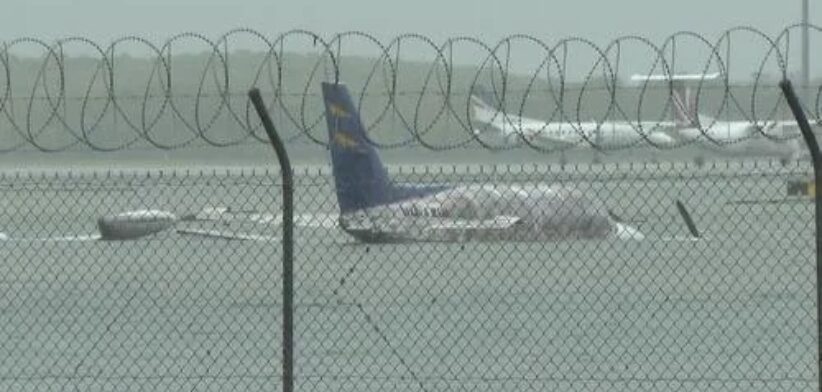All Queensland airports are in the highest risk categories for climate change impact, according to a new report.
A report by insurance group Zurich and economic analysts Mandala looked at the risk of climate change on 178 tourism assets in Australia, including major airports.
It found half of Australia’s tourism sites and airports currently fell into the highest three climate risk categories.
“All airports in Queensland are in the highest or second highest risk category. This poses significant risks to tourism in the future,” the report stated.
The report found under the intermediate Shared Socioeconomic Pathways (SSP) 2-4.5 scenario, assuming 2 degrees Celsius of warming by 2041-2060, 55 percent of Australia’s tourism assets would be at risk by 2050.
“Under a more extreme (3 degrees) scenario, 80 percent of tourism sites will experience an increase in risk between 2025 and 2050.”
The report said the country’s tourism industry, particularly in regional areas, was undergoing a period of significant change in the face of more frequent and severe weather events and other conditions driven by climate change.
It said travel demand has already reached, and across some measures, exceeded, pre-pandemic levels, adding to the growing pressure on many tourism sites that were already facing increasingly complex conditions.
“Climate change is already impacting many of Australia’s tourism sites. Even under modest climate scenarios, this impact is expected to worsen.”
Analysis also found that risks varied significantly by site type (natural or man-made) and category (for example, beaches versus vineyards or rainforests).
The index found that Queensland had both the highest number of sites facing risk overall (79 percent) and the most sites in the highest risk category compared to any other jurisdictions.
“In terms of economic impact, similar revenue reductions experienced following the bushfires of 2019/20 could jeopardise up to 176,000 jobs nationally, 65 per cent of which are outside capital cities,” the report stated.
It said in the face of a changing climate, governments should consider the significant impact of natural perils, such as drought, flood and fire, on Australia’s tourism economy.
“Investments should be made to improve the resilience of these assets against these various risks.
“For natural sites, this requires a balance between retaining natural beauty and ecosystem balance, whilst using man-made interventions to mitigate and diversify risk.”
The report found more emphasis should also be placed on site planning for man-made sites, such as airports, railways, roads and museums.
“This includes location and material diversification to adapt structures to a complex mix of natural perils they may face.”








